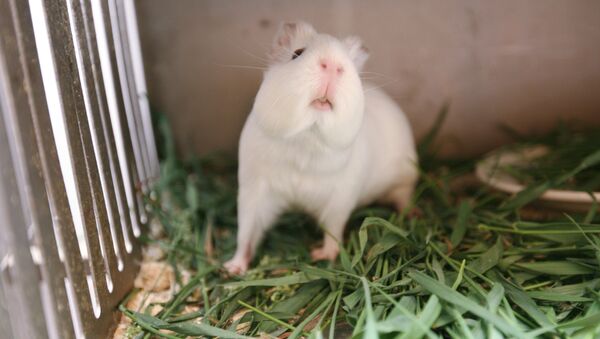This is the first time an actual organ has been made using a 3D printer developed in Russia.
"Our resident [the researcher company], is one of five companies in the world that developed a working 3D bio-printer and the first company to print a functioning organ [a thyroid gland] which was successfully transplanted to a mouse," Kaem told journalists.
The company is planning to start printing other organs in the future, including kidneys and livers, and is currently working on selling bio-printers to companies interested in biological 3D-printing, Kaem said.
Although the printing and implanting of a thyroid gland into a mouse was successful, there's still some time before companies could start printing human organs.
"In terms of printing human organs… It will take a long time before it can happen in a pure form, "from scratch," it might occur no earlier than in 15 years," the Skolkovo Vice President added.



